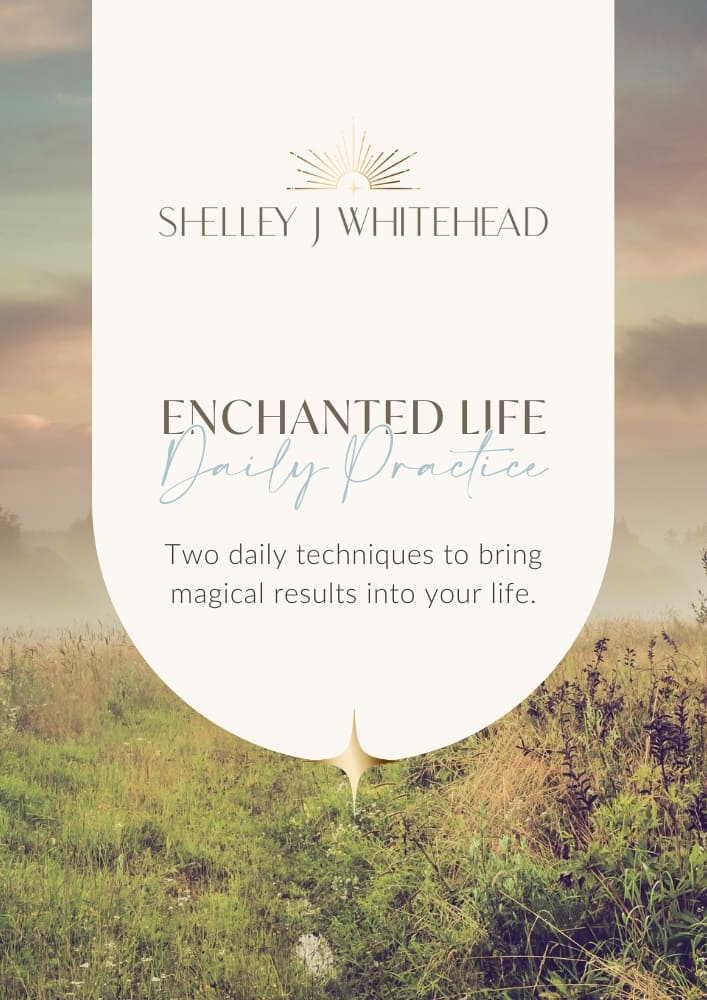Why are we not properly taught the skill of listening, when we’re at school?! We’re always told we should be listening… but it’s very rare that we’re actually taught how we can be a good listener!
Here are a few important tips….
1. Show encouragement
One of the most basic parts of being a good listener is communicating to the speaker that we actually want to hear what they are saying. We need them to know that the conversation is important and valued and that we care about what they have to say. Some tips for communicating this are…
- Face the speaker and maintain eye contact (enough so that they know that you are listening, but not overboard so it becomes intimidating!)
- Don’t interrupt (and resist the urge to jump in immediately to respond)
- Show them that you’re listening (through nodding to show you are paying attention or making affirmative noises)
- Recognise, acknowledge and honour their feelings (for example, by saying things like ‘that must have been hard’ or ‘that sounds tough’)
2. Listen with curiosity
Good listening means being able to have a degree of empathy. That means that you are doing a form of ‘stepping into their shoes’ and getting clarity on what they are saying. When you are in a conversation, one way of avoiding slipping into the trap of thinking exclusively about yourself, is to get really curious. This means…
- Listen without judgement or jumping to conclusions.
- Asking questions (in a gentle way, without interrogating)
- Listen to learn with an open-heartedness and without assuming you know the answers. (It’s helpful to practise the technique of giving them the benefit of the doubt by assuming that if you had been ‘in their shoes’ you would have come to the same conclusion… and try to reverse engineer your way in to understanding… that’s a great way of avoiding the temptation of jumping to conclusions or judging them for what they are saying)
- Reflect back (to confirm your understanding and to help them to clarify their position). When working with my couples, I teach them to check in at the end of reflecting back to their partner by saying “Am I with you?”. This then gives their partner an opportunity to add anything they may have missed
3. Tune in
In order to stay present to what they are saying, try to tune in to what they are really trying to communicate. A lot of our communications happen ‘between the lines’ in the things that are not said, or the way in which things are said.
- Ask questions that are meaningful, in the context of what they are talking about and what you know about them
- “Listen” to the non-verbal cues of body language and pay attention to what is not being said too
4. Maintain presence & focus
It takes a lot of focus in conversation not to drift into your own inner dialogue. To be a good listener, you need to develop the skill of ‘active listening’. This means…
- you don’t start planning what to say next but stay focused on what they are saying
- you don’t assume that you know what they are going to say next or what they are trying to communicate to you (but instead use your curiosity to guide you forwards into understanding what they are trying to say)
- you make an effort to remember what they are saying. This is also a helpful way of ensuring you are staying present
- you’re not afraid of moments of silence and have the patience to allow them the time to let their story take shape
5. Respect boundaries
Respecting boundaries always goes in two directions in that you must respect your own boundaries and also respect the boundaries of others. Takins responsibility for your own thoughts, feelings and actions means….
- don’t think you can ‘mindread’ – that is not true empathy and is a boundary-breaking behaviour
- avoid enmeshment. Don’t advise, act as therapist or impose your opinions or solutions on others. If someone explicitly asks for your advice or opinions, then you can of course offer a perspective, as long as you ensure you have no attachment to the outcome of whether or not they decide to follow your solution.
- be responsive to cues about what someone is comfortable sharing with you. Don’t overstep a boundary by pushing them into disclosing something they might not feel comfortable about.
- be careful you don’t undermine their right to their own interpretation of their experiences and feelings by reflexively comparing what they are talking about to your own equivalent – this is again a boundary-breaking behaviour and a form of belittling what they are trying to tell you. On occasion, it may be appropriate but make sure that this is done with care and in a responsive rather than reactive way.
6. Follow up afterwards
If you want to show that you care and have really heard what they have said to you, take the time to follow up afterwards. When you do this you might want to…
- remember some of the details you have retained from before
- and check in on the outcomes (again remembering to do this without attachment and ensuring that you are being sensitive to whether or not they want to talk about the subject again)
If you’d like to see more videos like this, make sure you subscribe to my YouTube channel. You’ll find lots more helpful explanations, tools and tips, which can be of real value for mastering relationship skills!



